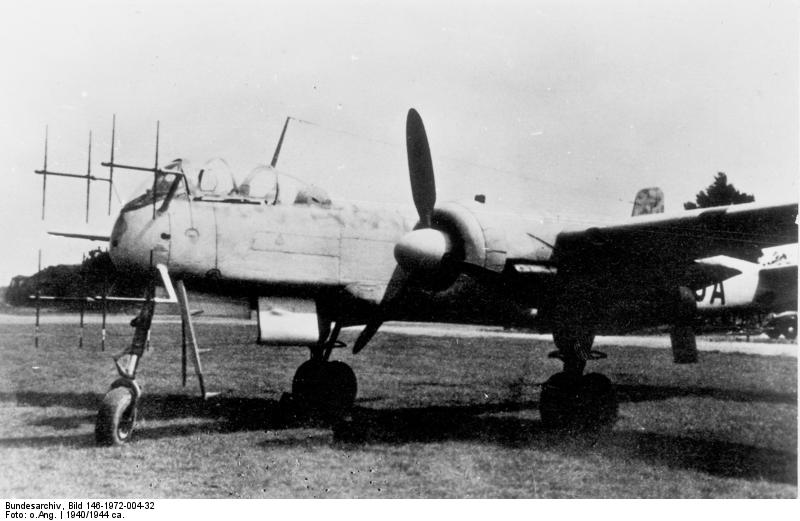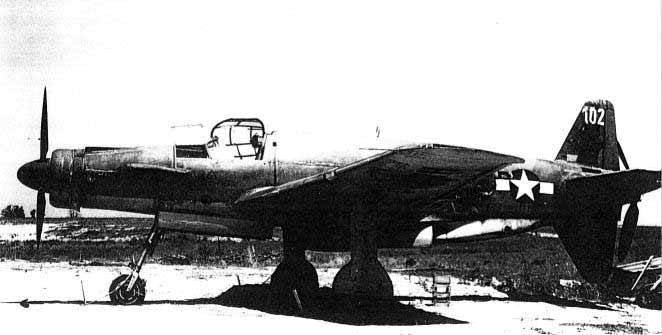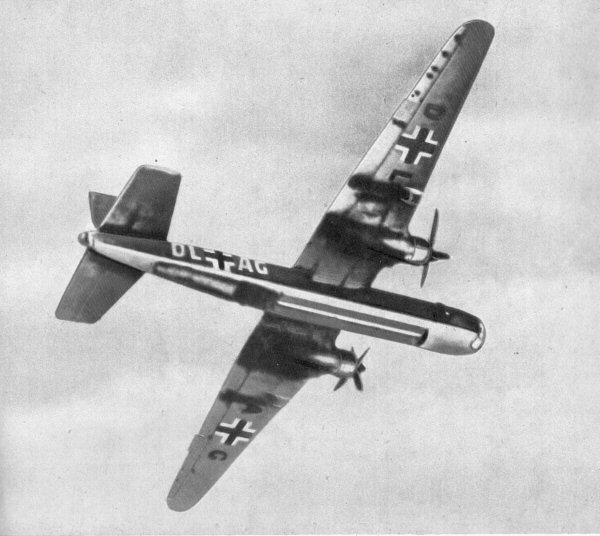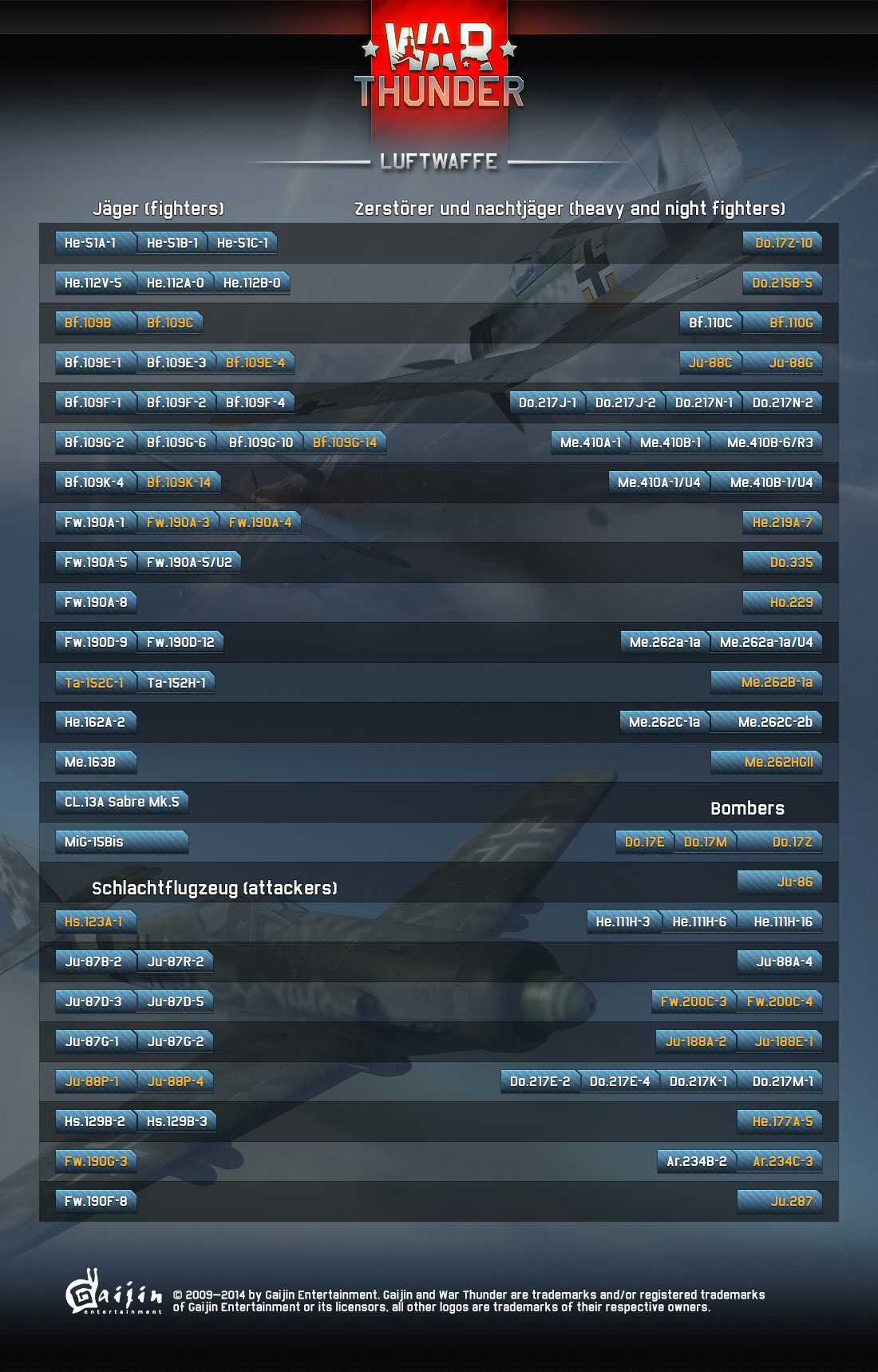
- For PC
- For MAC
- For Linux
- OS: Windows 10 (64 bit)
- Processor: Dual-Core 2.2 GHz
- Memory: 4GB
- Video Card: DirectX 11 level video card: AMD Radeon 77XX / NVIDIA GeForce GTX 660. The minimum supported resolution for the game is 720p.
- Network: Broadband Internet connection
- Hard Drive: 23.1 GB (Minimal client)
- OS: Windows 10/11 (64 bit)
- Processor: Intel Core i5 or Ryzen 5 3600 and better
- Memory: 16 GB and more
- Video Card: DirectX 11 level video card or higher and drivers: Nvidia GeForce 1060 and higher, Radeon RX 570 and higher
- Network: Broadband Internet connection
- Hard Drive: 75.9 GB (Full client)
- OS: Mac OS Big Sur 11.0 or newer
- Processor: Core i5, minimum 2.2GHz (Intel Xeon is not supported)
- Memory: 6 GB
- Video Card: Intel Iris Pro 5200 (Mac), or analog from AMD/Nvidia for Mac. Minimum supported resolution for the game is 720p with Metal support.
- Network: Broadband Internet connection
- Hard Drive: 22.1 GB (Minimal client)
- OS: Mac OS Big Sur 11.0 or newer
- Processor: Core i7 (Intel Xeon is not supported)
- Memory: 8 GB
- Video Card: Radeon Vega II or higher with Metal support.
- Network: Broadband Internet connection
- Hard Drive: 62.2 GB (Full client)
- OS: Most modern 64bit Linux distributions
- Processor: Dual-Core 2.4 GHz
- Memory: 4 GB
- Video Card: NVIDIA 660 with latest proprietary drivers (not older than 6 months) / similar AMD with latest proprietary drivers (not older than 6 months; the minimum supported resolution for the game is 720p) with Vulkan support.
- Network: Broadband Internet connection
- Hard Drive: 22.1 GB (Minimal client)
- OS: Ubuntu 20.04 64bit
- Processor: Intel Core i7
- Memory: 16 GB
- Video Card: NVIDIA 1060 with latest proprietary drivers (not older than 6 months) / similar AMD (Radeon RX 570) with latest proprietary drivers (not older than 6 months) with Vulkan support.
- Network: Broadband Internet connection
- Hard Drive: 62.2 GB (Full client)
Pilots and tankers!
For the next part of our sneak peek at incoming reinforcements for development in War Thunder, here is our current vision to further enhance the national trees of air vehicles in the game. We will be highlighting the most noteworthy models not yet introduced and today we present to you our vision (not final) for German aircraft.
Click to zoom
Fw 200

Designed as a fast transport plane, the Fw 200 first flew on the 27th of July 1937, piloted by no less than the legendary engineer - Kurt Tank. The elegant four-engined machine was intended as a passenger aircraft for a route to South America and received the name Condor. Production started in 1938 with one of the planes being assigned as Hitler’s personal transport. The Imperial Japanese navy showed interest in the Fw 200 and Kurt Tank modified it for increased fuel capacity, three machine guns and other additional equipment. The modified plane never reached Japan but the Luftwaffe instructed Focke Wulf to rework the Fw 200 to a plane with a bomb-carrying capacity. Modifications resulted in the Fw 200 C series, armed with one 20 mm cannon, three machine guns and 1250 kg of bombs. The Fw 200 fought throughout the war and was also modified to carry radar and other equipment.
He 219 "Uhu"

The He 219, nicknamed ‘Uhu’ (‘Eagle Owl’), was a twin-engine fighter developed by Heinkel and put into frontline service in 1943. As the Luftwaffe’s first explicitly designed night fighter, the ‘Uhu’ employed several advanced features, like the airborne radar system ‘FuG 220 Lichtenstein’ and ejection seats for both crew members. Armed with up to six 20 mm cannons, the ‘Uhu’ was successfully used to attack Allied bomber formations during nighttime, and proved to be superior to similar twin-engined fighters, like the Bf 110. Additional modifications included a 30 mm cannon in the nose, and/or two 30 mm cannons in ‘Schräge Musik’ configuration, firing in a 60° angle overhead.
Do 335

The Do 335 was a twin-engined aircraft of revolutionary design, which was in development at Dornier since around 1942. By having one ‘normal’ propeller in the nose and an additional pusher propeller in the tail, the plane was able to harness the power of two engines while not creating much more drag than a single-engined aircraft. The Do 335 A-1 fighter/fighter-bomber variant, nicknamed ‘Pfeil’ (‘Arrow’), was able to reach a top speed of around 775 km/h (482 mp/h) in 6400 meters height, making it the world’s fastest piston-engined plane that was produced in series. The plane was armed with one 30 mm and two 20 mm cannons and 40 were made, but they never saw actual combat.
Ho 229

Developed by the Horten Brothers as the Horten H IX, the plane later designated as Ho 229 (also called Go 229 in some records) was a twin-jet-engined flying wing designed primarily as a fighter to intercept Allied bombers. With a top speed of around 977 km/h (607 mp/h), the plane impressed the Luftwaffe’s high command and was to be produced immediately after the trials finished. With the fuselage and wing construction being primarily produced from wood, the plane was to be armed with four 30 mm cannons. However, as the front lines reached the Ho 229’s testing grounds, the project was more or less abandoned and no more than three prototypes were ever produced.
He 177 “Greif”

The He 177 ‘Greif’ (‘Griffin’) was a double-engine nacelled heavy bomber designed by Heinkel and produced between 1942 and 1944. Remarkable in the design of the ‘Greif’ is the layout of the engines, where two engines in each wing were coupled together to power one propeller, making it easy to confuse the He 177 with a twin-engined aircraft. Aiming at making the plane capable of both long range operations as well as dive bombing, the design proved to be highly unreliable especially in early versions, resulting in nicknames like ‘Reichsfeuerzeug’ (‘Reich lighter’) or ‘Brennender Sarg’ (‘Burning Coffin’). However, with six machine guns and two cannons, the plane was able to defend itself while being able to deliver an impressive bomb load of 7300 kg.
Stay tuned for the American aircraft tree update on Monday!
Join the discussion about the future of the German aircraft tree here!
Also take a look at the British, Japanese and Soviet trees!
Article about Father of the BF109
The War Thunder team




